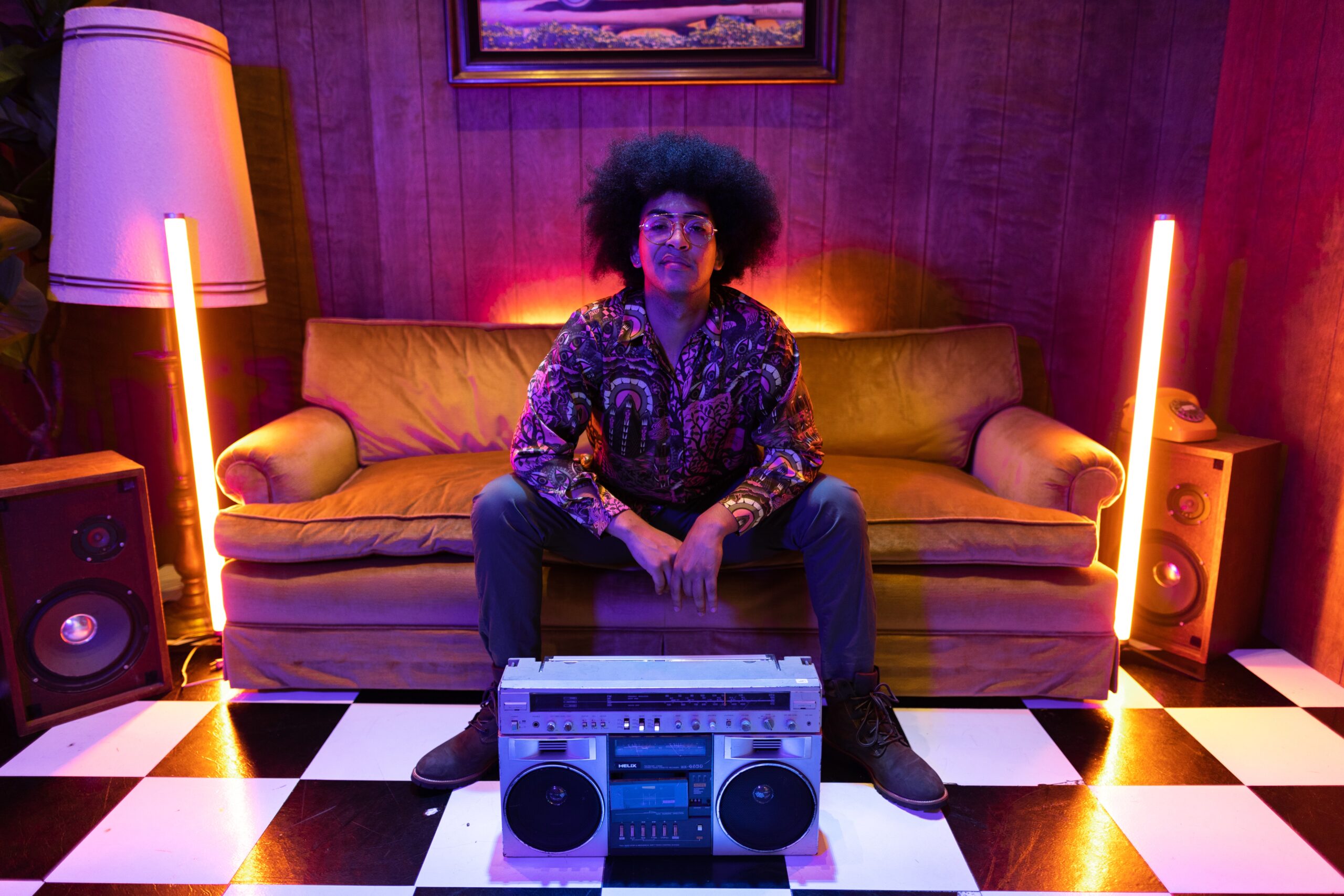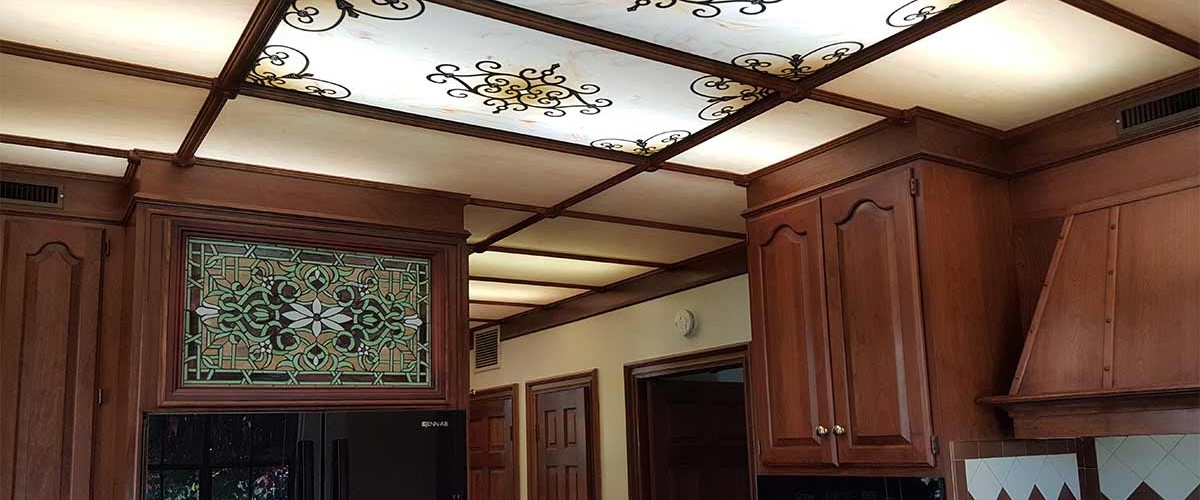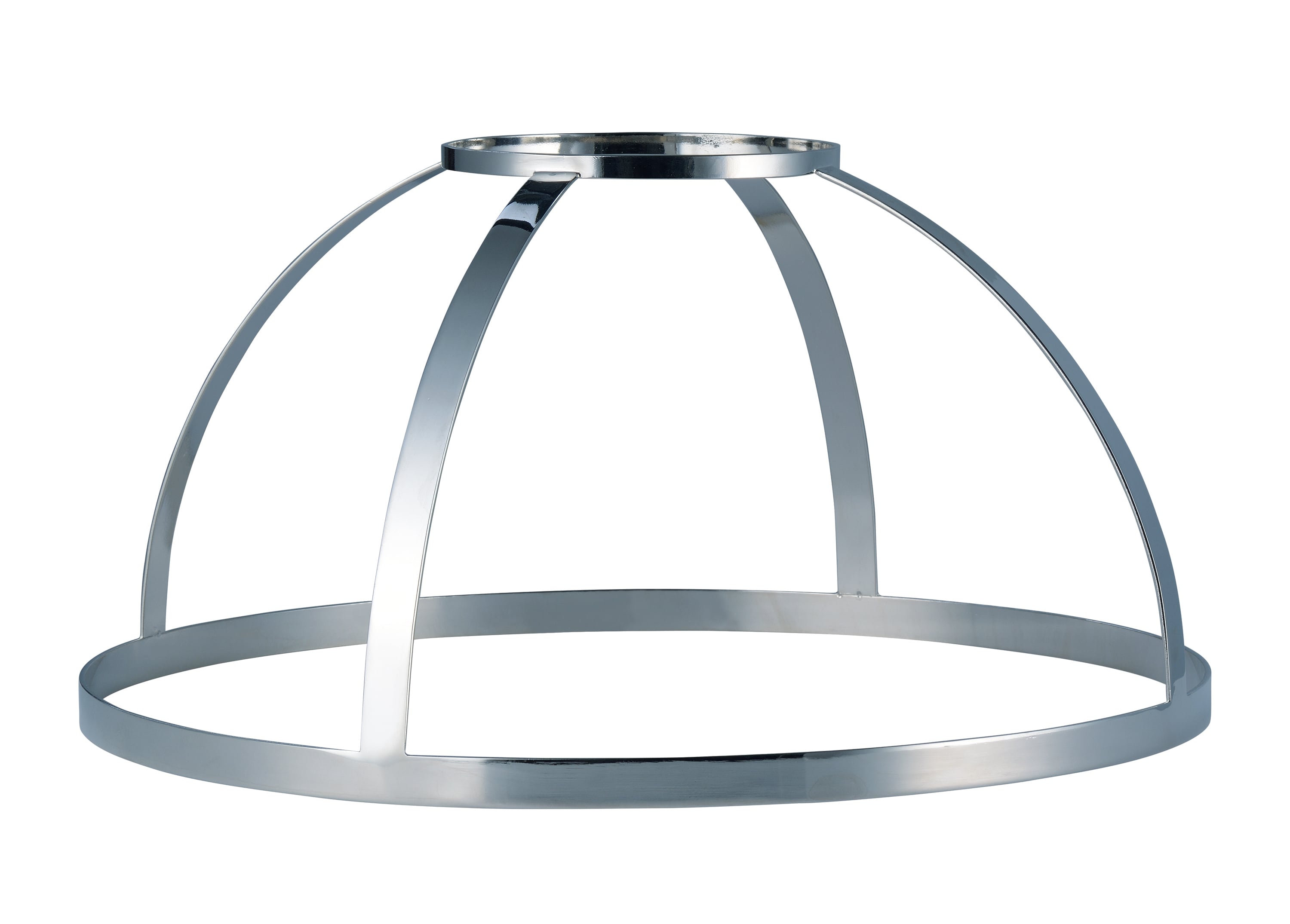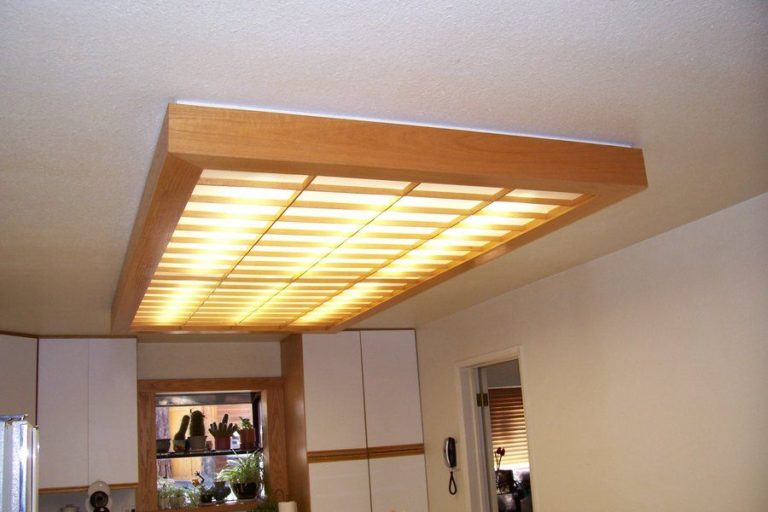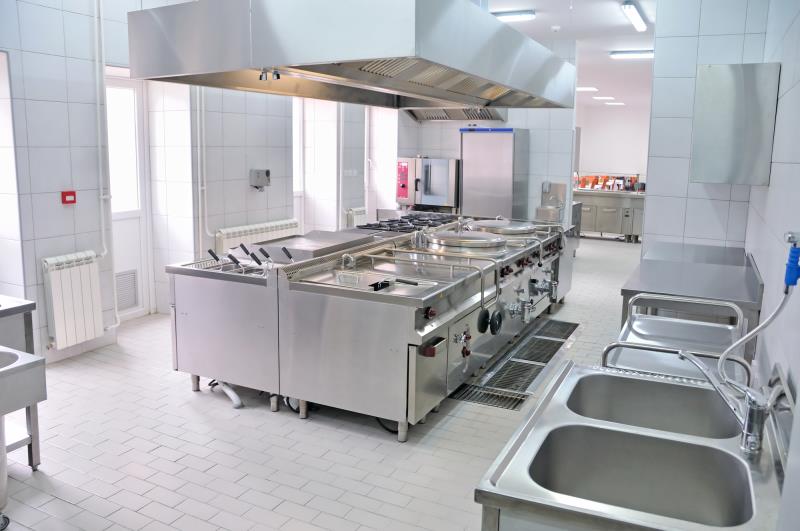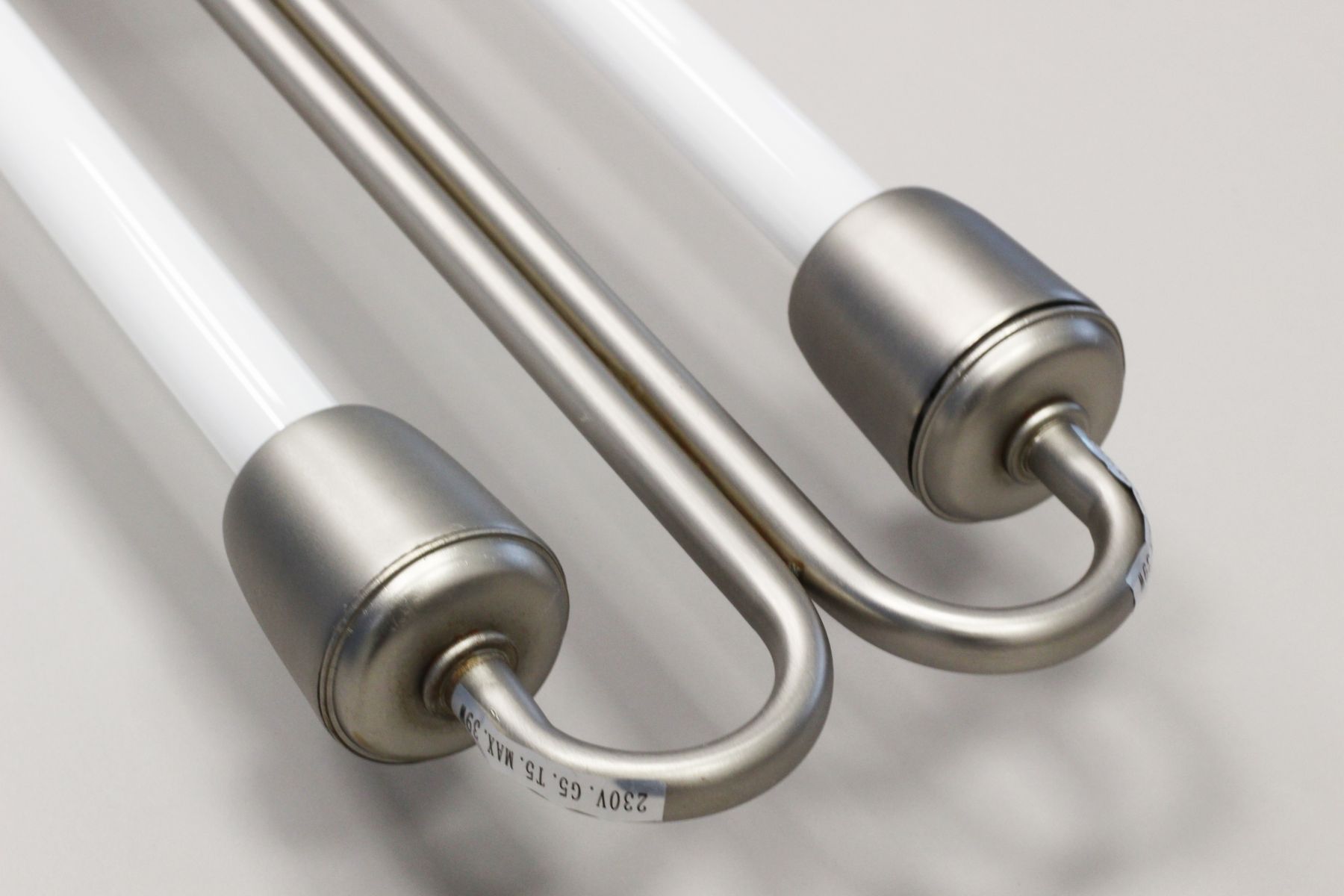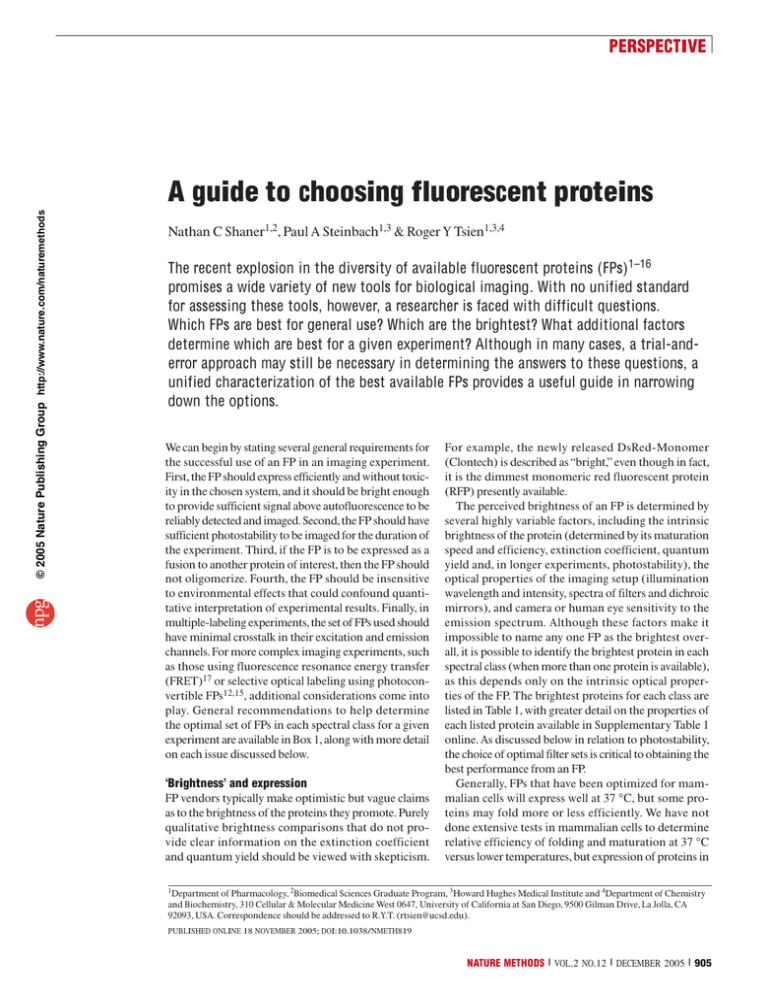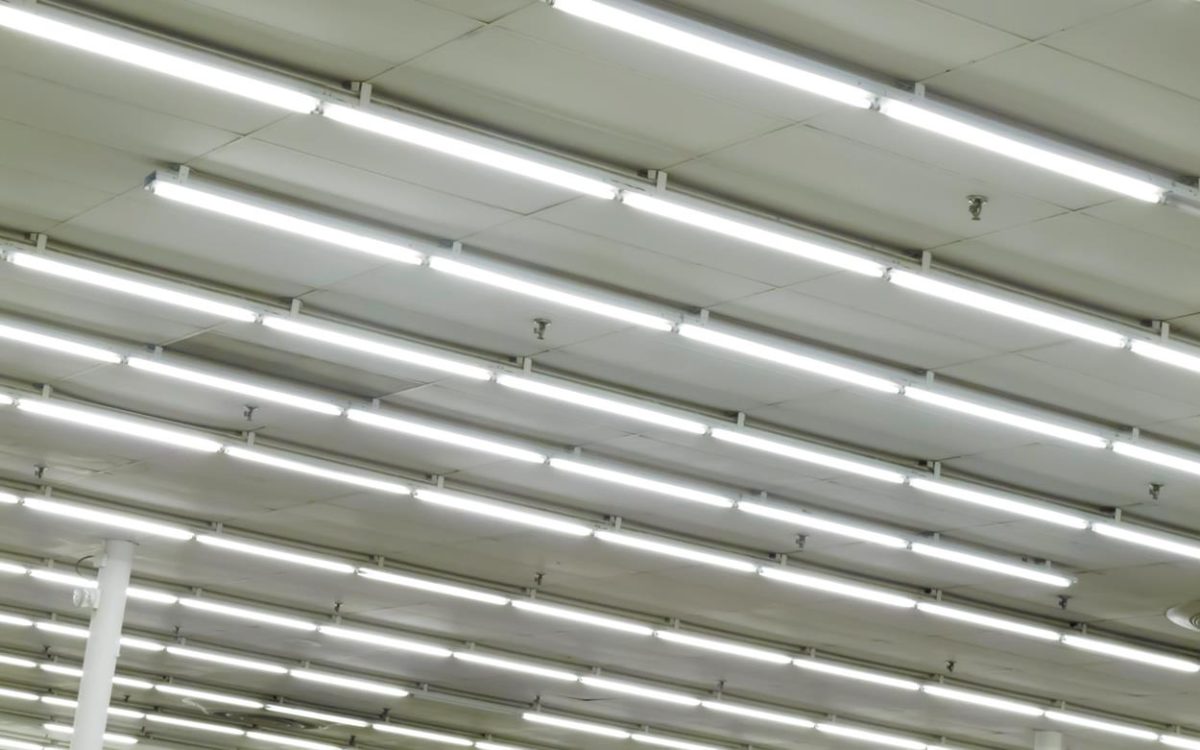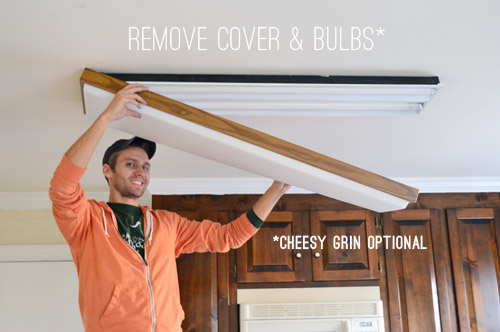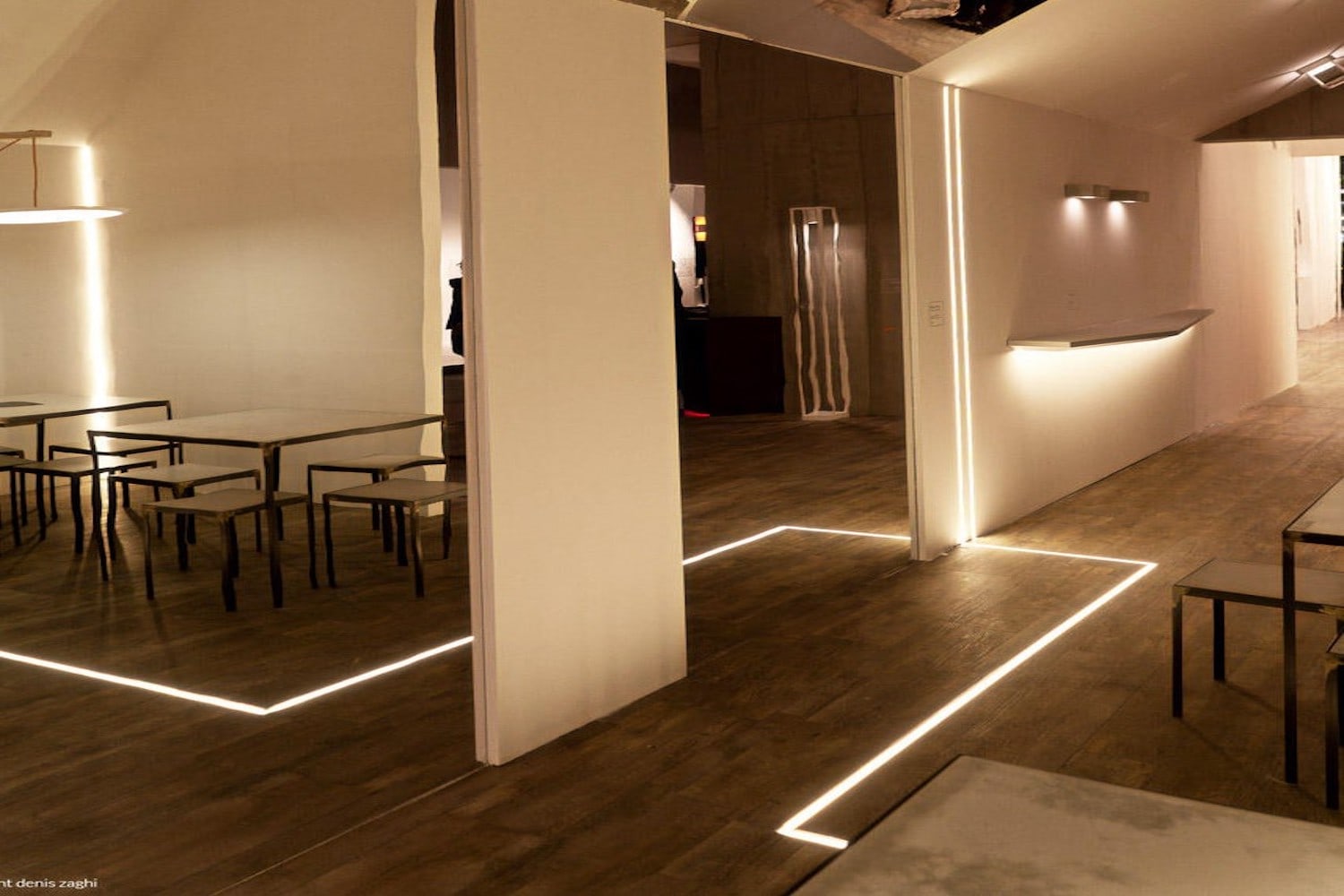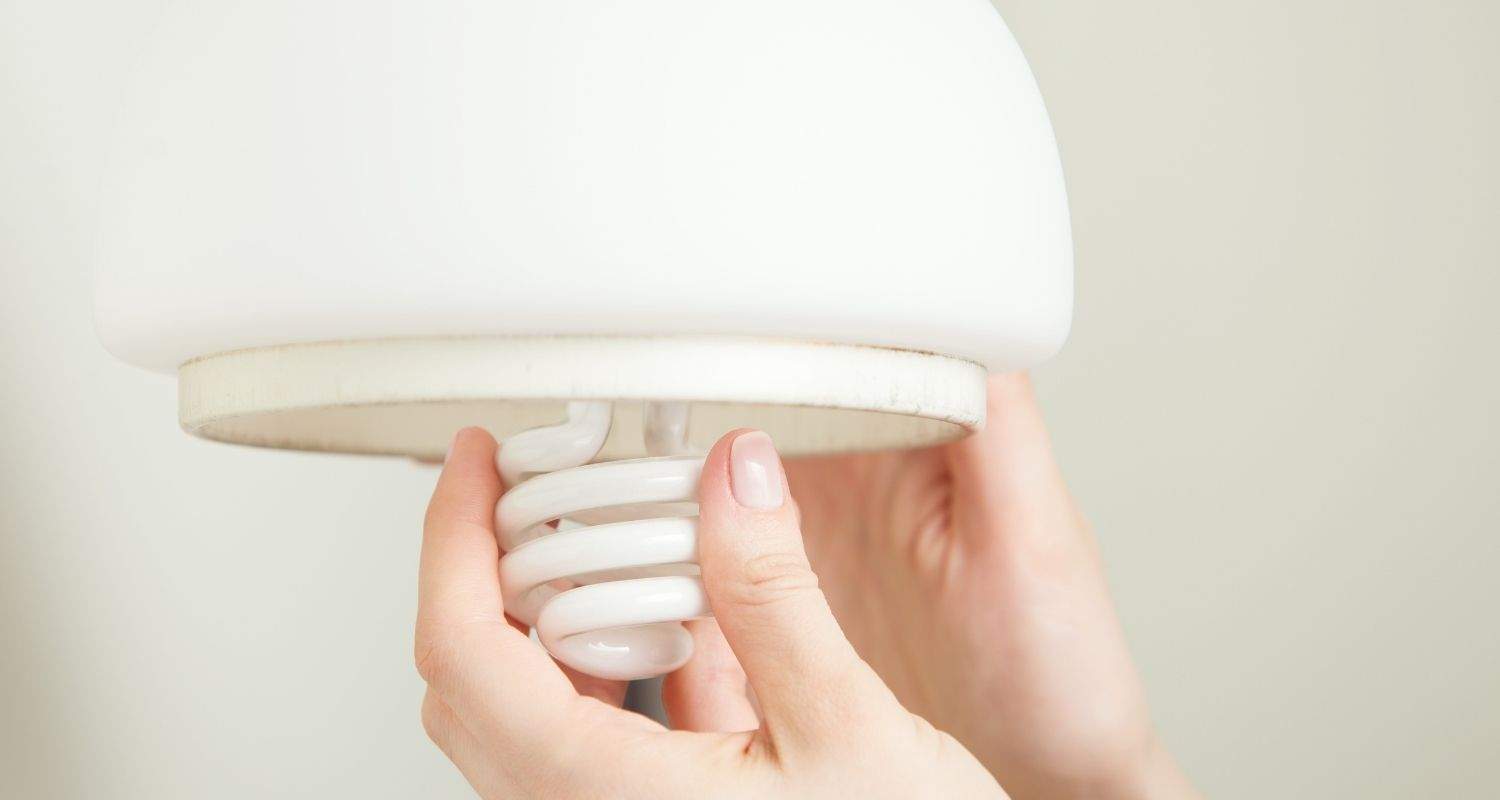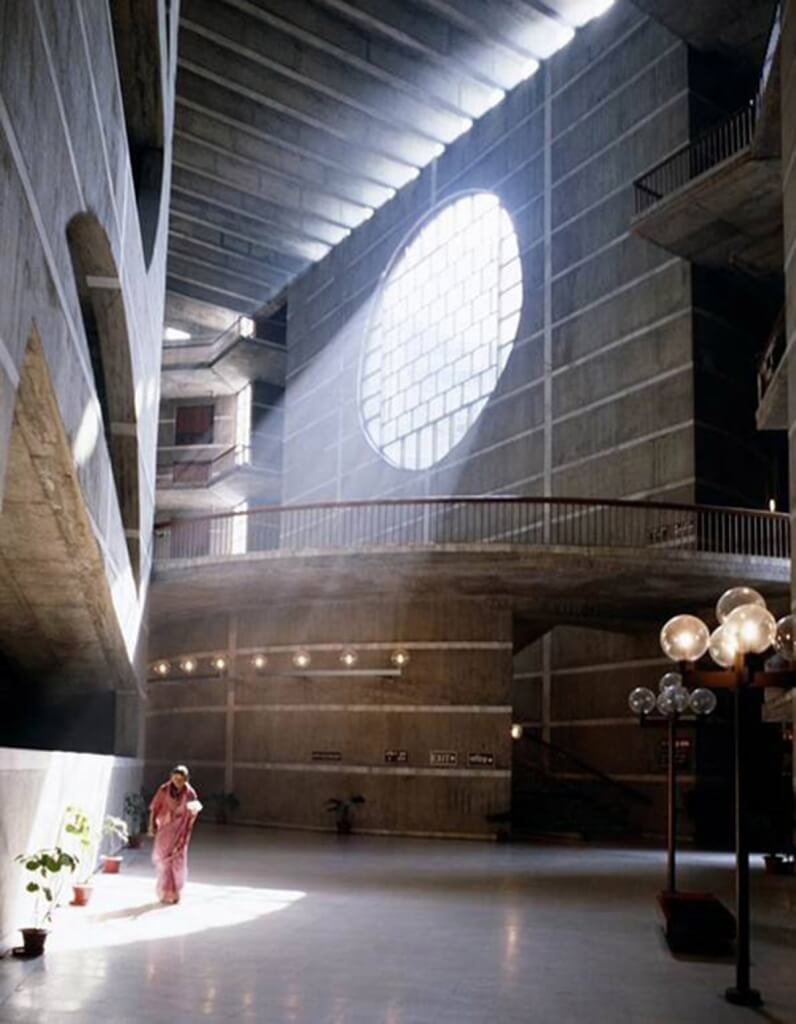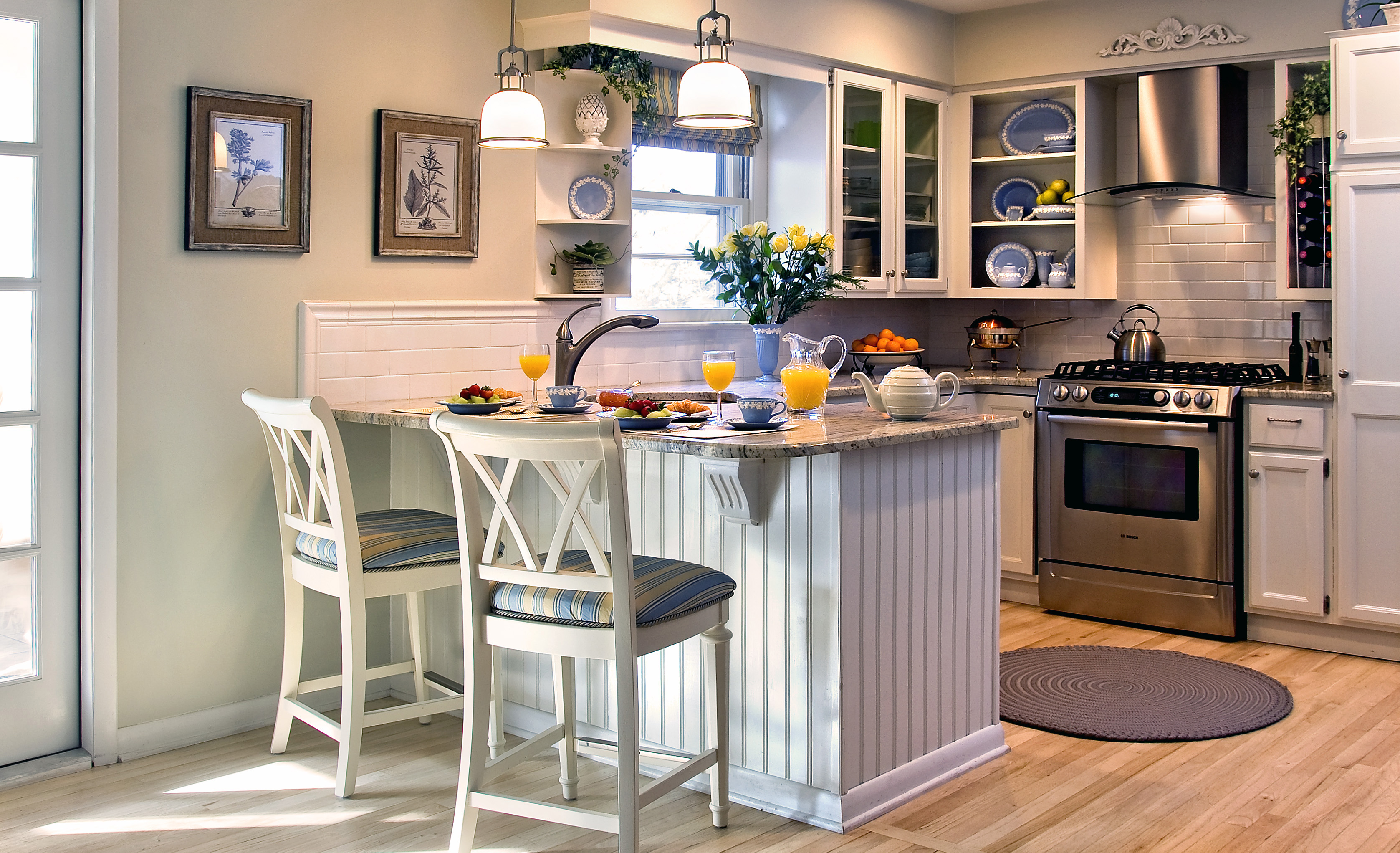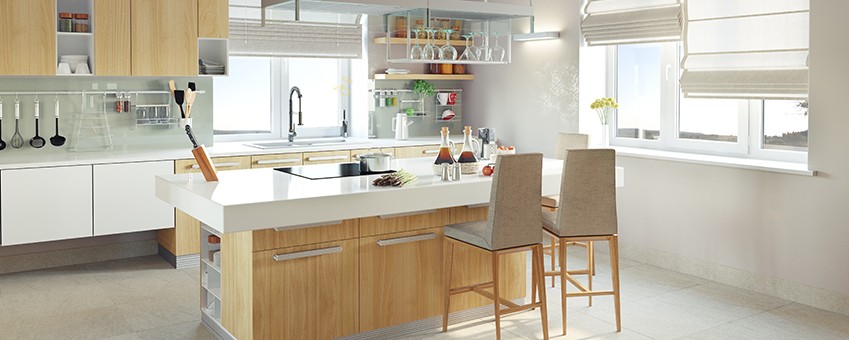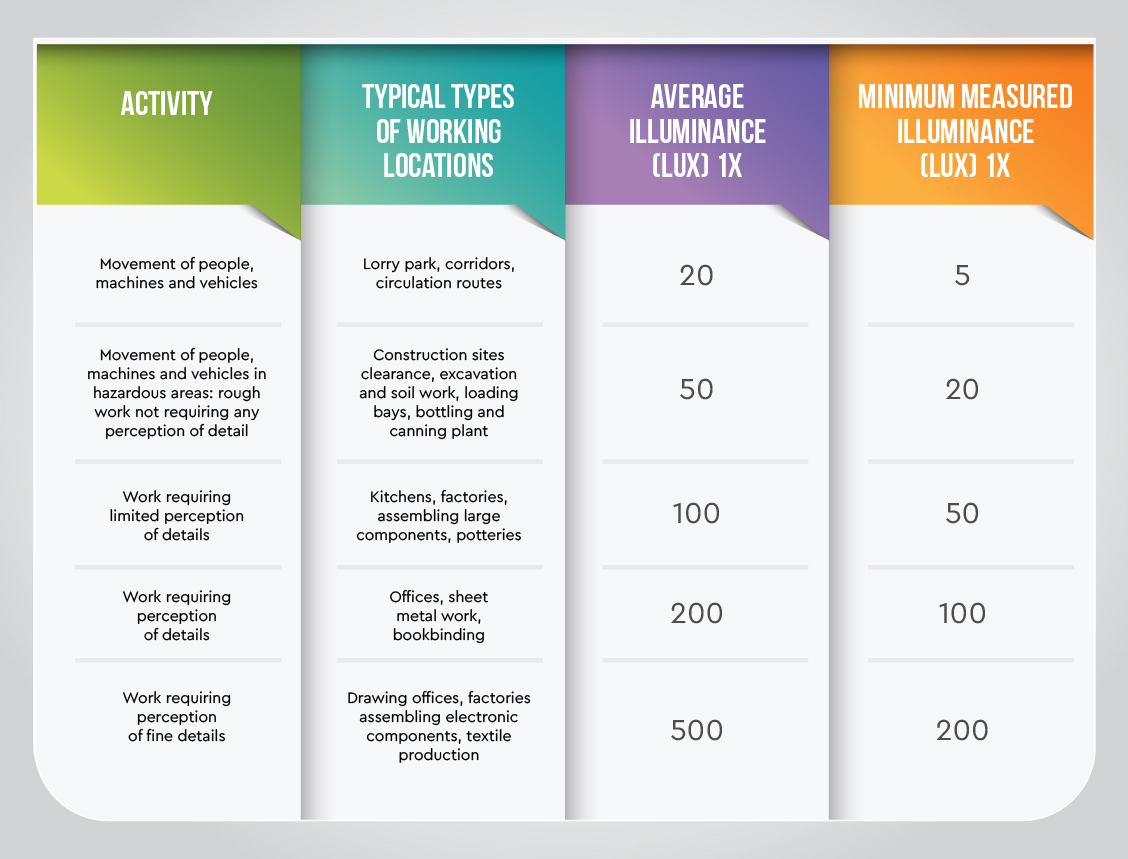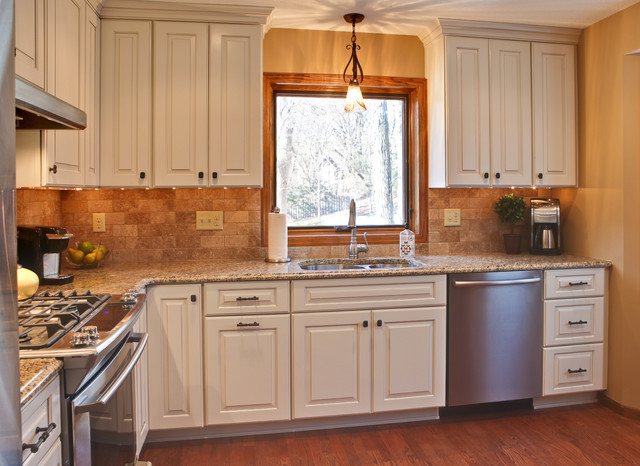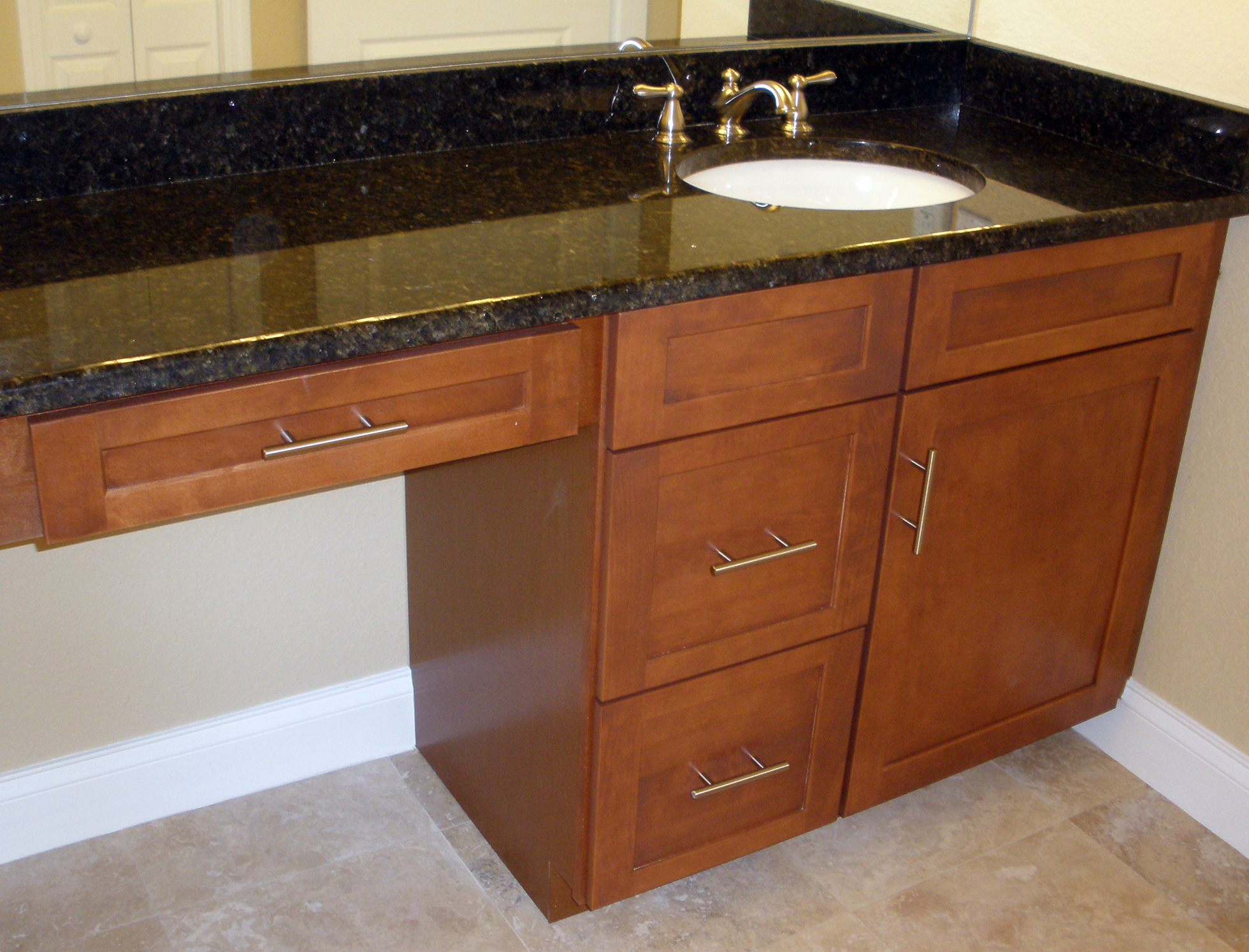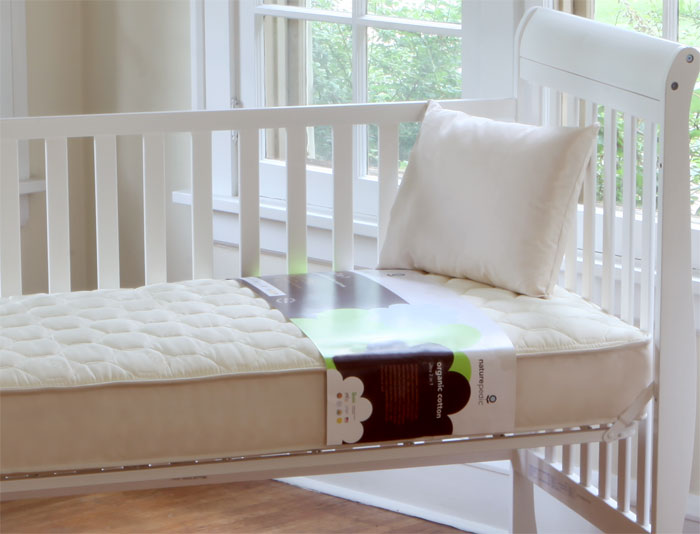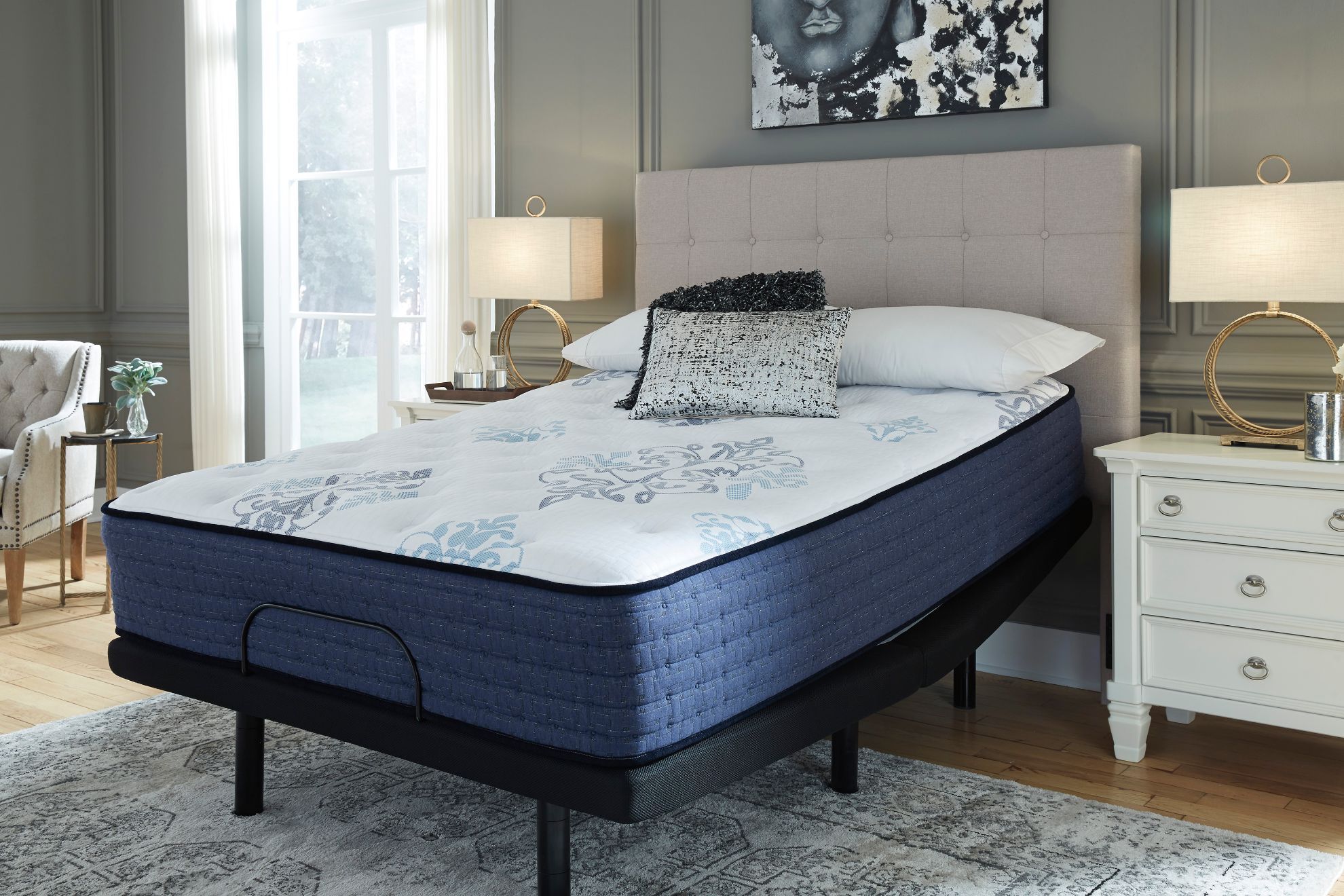Fluorescent Lighting Requirements for Kitchens
When it comes to designing a kitchen, one of the most important factors to consider is lighting. Not only does lighting enhance the overall aesthetic of the kitchen, but it also plays a crucial role in creating a functional and safe space. And when it comes to choosing the right type of lighting for your kitchen, fluorescent lighting is a popular and practical choice. However, there are certain requirements that need to be met in order to ensure that your kitchen is properly illuminated. In this article, we will discuss the top 10 main kitchen fluorescent lighting requirements to help you create the perfect lighting plan for your kitchen.
How to Meet Kitchen Fluorescent Lighting Requirements
Meeting kitchen fluorescent lighting requirements may seem like a daunting task, but with proper planning and understanding, it can be easily achieved. The first step is to determine the purpose of your kitchen lighting. Do you want it to be purely functional or do you want it to also enhance the ambiance of the space? Once you have a clear idea, you can then start considering the specific requirements for your kitchen.
Understanding Kitchen Lighting Requirements for Fluorescent Fixtures
Before choosing the type of fluorescent lighting for your kitchen, it's important to understand the specific requirements for these fixtures. One of the key factors to consider is the color temperature of the bulbs. For kitchens, it's recommended to use bulbs with a color temperature of 2700-3000K, which creates a warm and inviting atmosphere. Additionally, it's important to choose bulbs with a high Color Rendering Index (CRI), which measures how well a light source reveals the true colors of objects. A CRI of 80 or above is recommended for kitchen lighting.
Best Practices for Kitchen Fluorescent Lighting Requirements
There are a few best practices that should be followed when it comes to meeting kitchen fluorescent lighting requirements. It's important to have a balance of both ambient and task lighting in the kitchen. Ambient lighting provides overall illumination, while task lighting is focused on specific areas, such as the countertop and stove. Additionally, it's recommended to have multiple light sources in the kitchen, such as recessed lights, pendant lights, and under cabinet lighting, to create a layered and well-lit space.
Meeting Energy Efficiency Standards with Kitchen Fluorescent Lighting
In today's world, energy efficiency is becoming increasingly important. When choosing fluorescent lighting for your kitchen, it's important to look for Energy Star certified fixtures. These fixtures are designed to use less energy and are more environmentally friendly. Additionally, LED fluorescent bulbs are a great option for energy-efficient lighting in the kitchen.
Choosing the Right Fluorescent Bulbs for Your Kitchen Lighting Requirements
There are a variety of fluorescent bulbs available in the market, so it's important to choose the right one for your kitchen lighting requirements. One of the most common types is the compact fluorescent lamp (CFL), which is energy-efficient and lasts longer than traditional incandescent bulbs. Another popular option is the linear fluorescent bulb, which is commonly used in overhead lighting. It's important to choose bulbs that are the right size and wattage for your fixtures and to replace them regularly to maintain optimal lighting in your kitchen.
Installing Fluorescent Lighting to Meet Kitchen Safety Requirements
In addition to meeting lighting requirements for functionality and energy efficiency, safety is also a key consideration when installing fluorescent lighting in the kitchen. It's important to ensure that all fixtures are properly grounded and installed according to building codes. It's also recommended to use shatter-resistant bulbs or covers to prevent any accidents from broken bulbs.
Complying with Building Codes for Kitchen Fluorescent Lighting Requirements
When it comes to kitchen lighting, it's important to comply with building codes to ensure the safety and functionality of the space. These codes may vary depending on your location, but some common requirements include having a switch near the entrance of the kitchen, having adequate lighting over the stove and sink, and having GFCI (ground fault circuit interrupter) outlets in areas where water is present.
Maximizing Kitchen Space with Fluorescent Lighting Requirements
In smaller kitchens, space is often a concern. However, with proper lighting, you can create the illusion of a larger and more open space. One way to do this is by using recessed lighting, which can be installed in the ceiling to create a clean and unobtrusive look. Additionally, under cabinet lighting can also help to illuminate dark corners and make the kitchen feel more spacious.
Creating a Bright and Functional Kitchen with Fluorescent Lighting Requirements
Ultimately, the goal of meeting kitchen fluorescent lighting requirements is to create a bright and functional space that meets your specific needs and preferences. By following the guidelines and best practices discussed in this article, you can design a well-lit and inviting kitchen that is both aesthetically pleasing and practical for everyday use.
In conclusion, proper lighting is essential for any kitchen, and meeting fluorescent lighting requirements is crucial for creating a well-lit and functional space. By understanding the specific requirements and following best practices, you can design the perfect lighting plan for your kitchen. So, take the time to carefully consider your options and choose the right fluorescent lighting to enhance your kitchen's overall design and functionality.
The Importance of Proper Kitchen Fluorescent Lighting Requirements in House Design
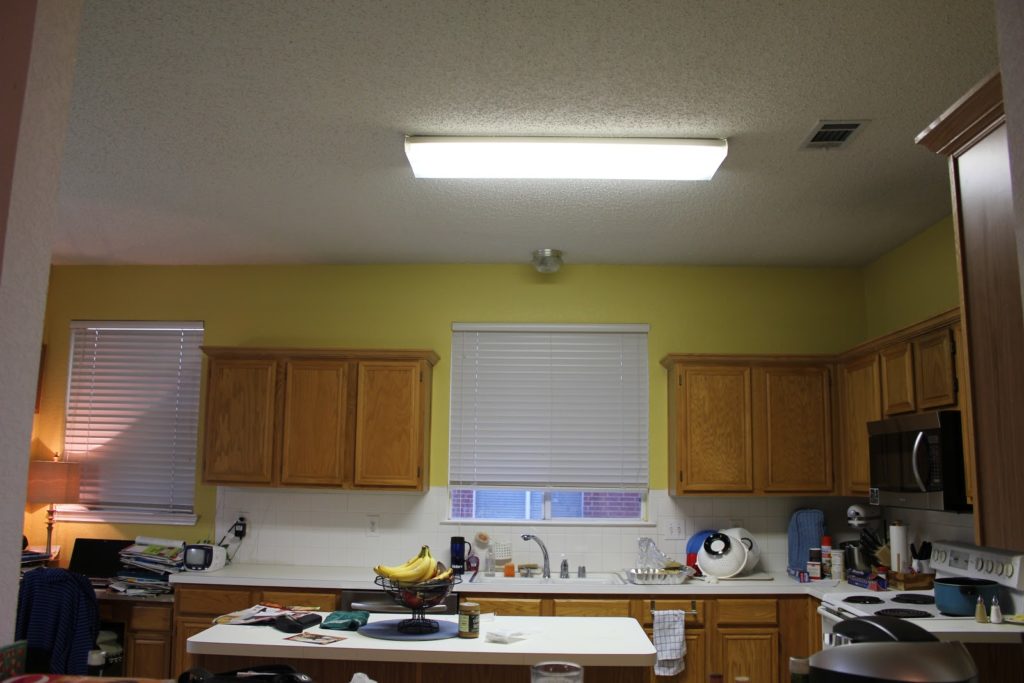
Why lighting is important in house design
 Lighting plays a crucial role in the overall design of a house. It not only serves as a functional element but also contributes to the aesthetics and ambience of a space. In particular,
fluorescent lighting
has become a popular choice for kitchens due to its energy efficiency and bright, even illumination. However, in order to fully reap the benefits of this type of lighting, it is important to understand and follow the proper
kitchen fluorescent lighting requirements
.
Lighting plays a crucial role in the overall design of a house. It not only serves as a functional element but also contributes to the aesthetics and ambience of a space. In particular,
fluorescent lighting
has become a popular choice for kitchens due to its energy efficiency and bright, even illumination. However, in order to fully reap the benefits of this type of lighting, it is important to understand and follow the proper
kitchen fluorescent lighting requirements
.
The right placement and spacing of fluorescent lights in the kitchen
 One of the key aspects of kitchen fluorescent lighting requirements is the placement and spacing of the lights.
Proper placement
ensures that the kitchen is evenly lit and there are no dark corners or shadows. It is recommended to install the lights in a continuous line above the cabinets or in a grid pattern on the ceiling. This will provide maximum coverage and prevent any dark spots in the kitchen.
One of the key aspects of kitchen fluorescent lighting requirements is the placement and spacing of the lights.
Proper placement
ensures that the kitchen is evenly lit and there are no dark corners or shadows. It is recommended to install the lights in a continuous line above the cabinets or in a grid pattern on the ceiling. This will provide maximum coverage and prevent any dark spots in the kitchen.
The importance of color temperature
 Another important aspect of kitchen fluorescent lighting requirements is the
color temperature
of the lights. It is measured in Kelvin (K) and determines the color of the light emitted. For kitchens, a
cool white
color temperature of 4000K to 5000K is ideal as it mimics natural daylight and makes it easier to see while cooking or preparing food. It also enhances the colors of the food and makes the space look brighter and more inviting.
Another important aspect of kitchen fluorescent lighting requirements is the
color temperature
of the lights. It is measured in Kelvin (K) and determines the color of the light emitted. For kitchens, a
cool white
color temperature of 4000K to 5000K is ideal as it mimics natural daylight and makes it easier to see while cooking or preparing food. It also enhances the colors of the food and makes the space look brighter and more inviting.
Energy efficiency and cost-effectiveness
 Apart from the aesthetic and functional benefits, following proper kitchen fluorescent lighting requirements can also save you money in the long run. Fluorescent lights are known for their energy efficiency and can last much longer than traditional incandescent bulbs. This means lower electricity bills and fewer replacements, making them a cost-effective option for your kitchen.
Apart from the aesthetic and functional benefits, following proper kitchen fluorescent lighting requirements can also save you money in the long run. Fluorescent lights are known for their energy efficiency and can last much longer than traditional incandescent bulbs. This means lower electricity bills and fewer replacements, making them a cost-effective option for your kitchen.
Conclusion
 In conclusion, proper kitchen fluorescent lighting requirements are essential for creating a well-designed and functional space. From placement and spacing to color temperature and energy efficiency, these requirements must be carefully considered in order to fully utilize the benefits of fluorescent lighting. So, the next time you are designing or renovating your kitchen, don't overlook the importance of following these requirements for a well-lit and beautiful space.
In conclusion, proper kitchen fluorescent lighting requirements are essential for creating a well-designed and functional space. From placement and spacing to color temperature and energy efficiency, these requirements must be carefully considered in order to fully utilize the benefits of fluorescent lighting. So, the next time you are designing or renovating your kitchen, don't overlook the importance of following these requirements for a well-lit and beautiful space.




